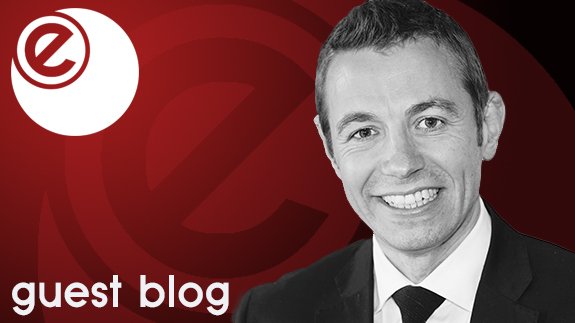Once again the world of energy retailing finds itself the centre of attention in another political maelstrom.
One thing we can be sure of is that it won’t be the last time and once again an issue that is worthy of attention is misrepresented for political gain rather than debated in a constructive and non-partisan manner.
Choice what choice?
Let’s start by looking at the challenge from the customers’ perspective. Customers have had choice, choice in a big way for a number of years but is that choice easily discernable?
When you ask a customer what the variety of supermarket brands stand for you get a set of coherent answers: low prices, quality, service and so on. Ask the same of energy retailers and customers struggle, very few retailers have been able to cultivate a market position from which prospective customers can fully grasp what they stand for and more importantly why they should buy from them!
To date that’s driven a price led market, with the perception those who switch are some how winning at life generally and those that remain are losers.
Hence the illusion that somehow the government of the day should intervene to fix that imbalance.
What’s very clear is that no matter the intervention be it cap, the abolition of roll-over tariffs and alike none of them create the desired “engagement” factor.
So what will work?
Sometimes in life it’s best to accept the status quo and move on. Whilst I understand that suppliers’ Standard Variable Tariffs are expensive compared to fixed deals in the market, clearly a whole swathe of customers are happy to remain in that mode – unengaged, happy to receive energy into their home and move on shall we say.
But that seems unlikely. Moreover and here’s another topic not debated much outside of the large suppliers – they cannot carry on as they are.
This won’t be driven by government intervention but instead by the lower costs of technology new retailers are now benefitting from. New retailers have utterly different underlying cost bases, meaning they can be lean, agile and able to communicate with their customers across a variety of channels and understand their data.
This is not so elsewhere.
So we’re back to price as a differentiator then?
Yes. For now.
Jon Davies is owner of Svane Ventures





